The following is a guest post from Robin Singh. Robin is a Technical Support Executive with a combined experience of 6 years. He currently works with Live2Support – a live customer and sales chat software by ProProfs. In his free time, Robin enjoys reading and traveling.
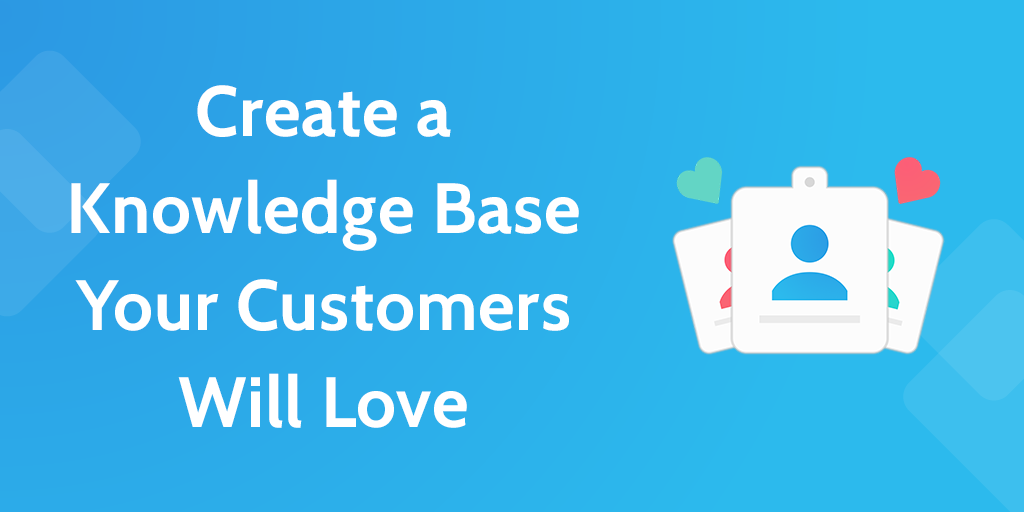
Creating a great customer experience has never been more important, especially if you’re a SaaS company.
Your customers deserve a great experience and this is why it is important to support them with every tool in your arsenal. SaaS tools aren’t always perfectly self explanatory, and to ease the amount of support tickets and provide a self-serve option, you should be providing a knowledge base.
What is a knowledge base?
A knowledge base is used by companies to reduce support tickets and bring down customer support costs.
At the basic level, it’s the FAQ in your website that helps customers find instant answers, on their own without calling your support or raising a ticket.
Using knowledge base software, companies can create not just FAQs, but all kinds of help content from user guides, software manuals, online wikis and more.
Understanding the needs of your customers
Research has shown that even 67 percent of customers prefer self-service rather than speaking to a live customer service representative. This is where a knowledge base plays an important part.
Knowledge represents currency in the digital world, and a good knowledge base can lead to better user experiences, less support costs and a lot of new insights.
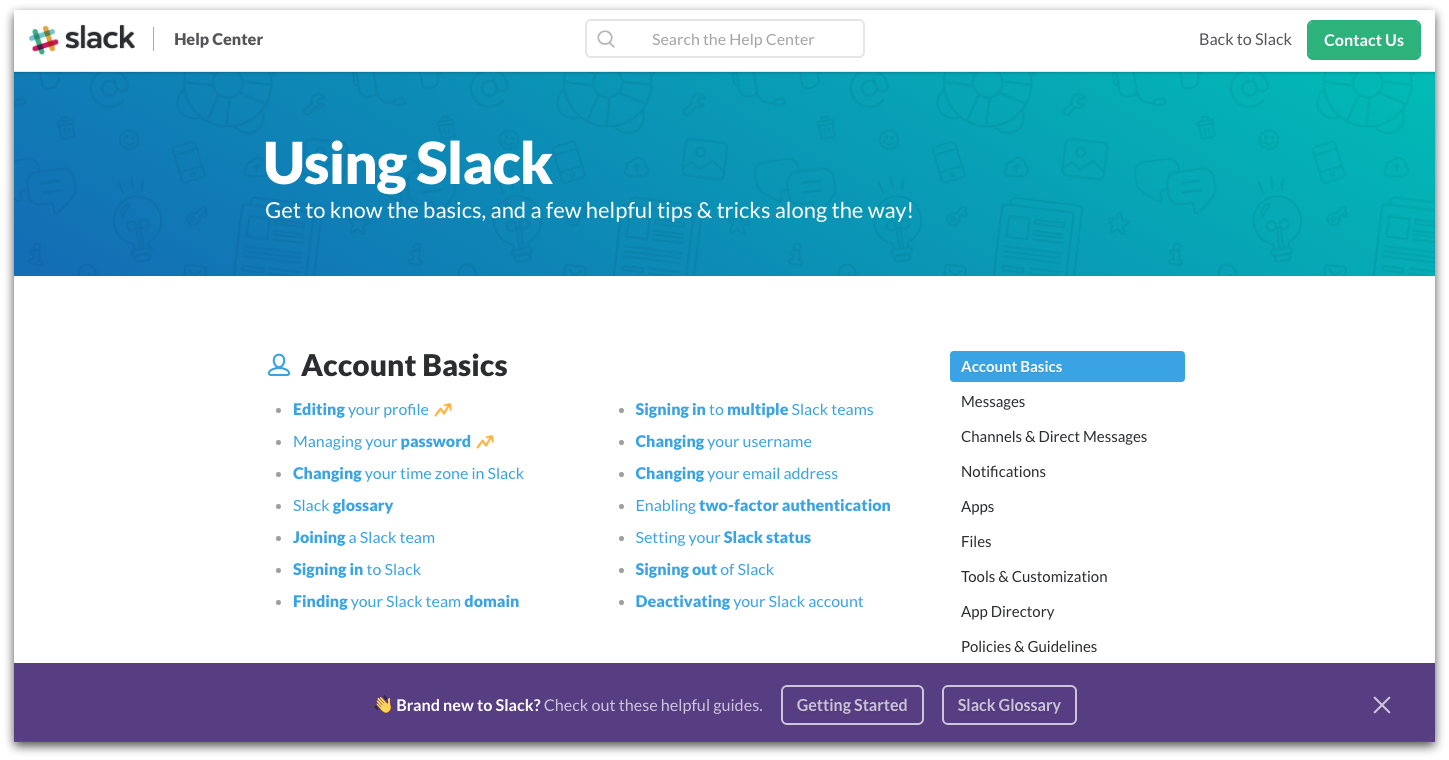
An important step in the process is codifying your customer personas. If you are a marketer or on the product team, you’re already familiar with this term. If you are not, buyer personas are a conceptual exercise designed to help organizations understand the most important things about their target audience. You can read more about them here.
But, when you are thinking about customer personas, focusing on the buyer is not enough. It is a great place to start and the buyer does need to play an important role, but a regular potential customer that goes through the sales process and an existing customer do not exactly have the same needs, problems and expectations.
So, the best way to meet all their needs with a knowledge base or user manual is to first understand their engagement with your platform, and how their needs differ.
Audit the existing content
After you have identified your customer personas, you need to perform an audit of your existing content, to try to identify gaps that need to be filled. Talk to the people on your sales team and with some of your best customers to find out their biggest challenges, go through every support case and look for common issues and make sure to keep detailed notes of every customer interaction.
A content audit will help you discover holes in your knowledge base content. If your customers find themselves having trouble finding the answers they are looking for, you will be in trouble as well.
Nail down the structure of your content
For example, imagine going into a store and seeing all the items placed in a big pile in the very middle of the store. This is not a great experience, right? Many knowledge base platforms have this type of approach when it comes to learning and education, and it may seem a little overwhelming to the end user.
So, when you are structuring your content, make it easy for your customers to find what they are looking for, based on their unique situations and circumstances.
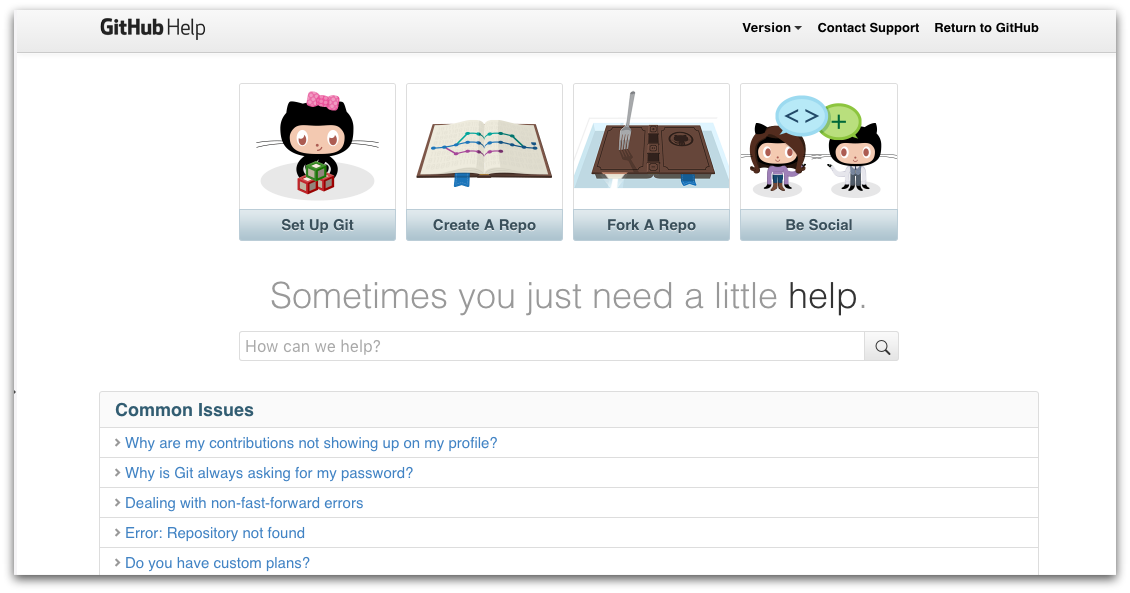
GitHub has the 4 major categories of help documentation featured prominently at the top, then specific common issues below the main search bar, making it easy to find what you’re looking for — often without even needing search.
You also can try creating custom streams of content for different types of users and their specific plans. This will allow you to position your content in the right context and encourage your users to consume several pieces of insightful content in one visit. This type of context will provide the user with a better experience, and it will help your customers fully understand your services, products and platforms.
Capture insights from your customers
Creating a great knowledge base can be really insightful for your team. If you understand the type of videos and articles that are frequently being consumed, you can increase your customer success efforts by spending more time developing similar content or improving whatever you already have.
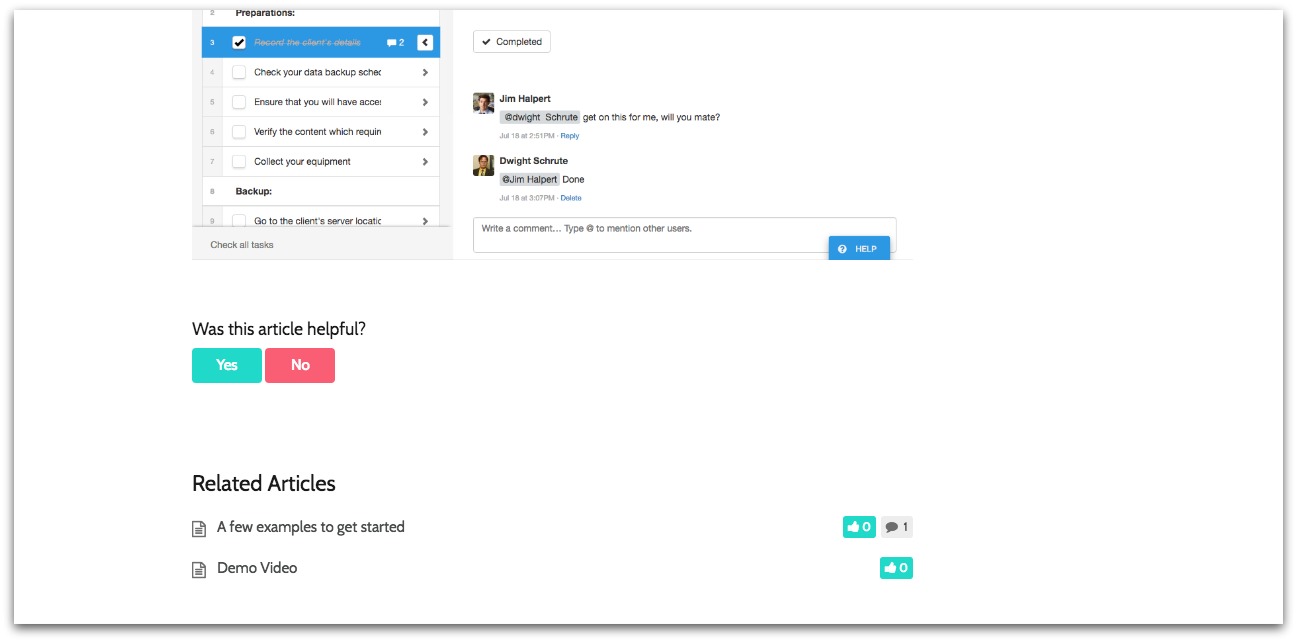
If a particular article or video is getting a lot of views, but you are still receiving a lot of questions, chances are that you need to re-write that article or re-record that video. This will also help you understand what your customers are looking for and what they are struggling with.
Use integrations
Solely tracking data is not enough to understand how your knowledge base is being used, because if you are not turning insights into action, you are missing out on a big opportunity. This is why you need to integrate your knowledge base with different tools, like Google Analytics, or with some social sharing, marketing automation and commenting tools.
This will provide the marketing team with valuable content and your customer support team will have an insight into all areas that are of major concern.
Use a human touch
You need to show to your customers that there is a team that cares behind your knowledge base. In other words, you need to highlight the human side of your knowledge base. For example, make it easy for them to contact you, use pictures of your support team and leave their brief bios. Do this to show your customers that you care and that you are here to help when they need it the most.
After all, you will want to provide your customers with a very unique and human experience. This will help you connect with them on an emotional level.
Slack shows its fun side in its knowledge base by enthusing over emojis.
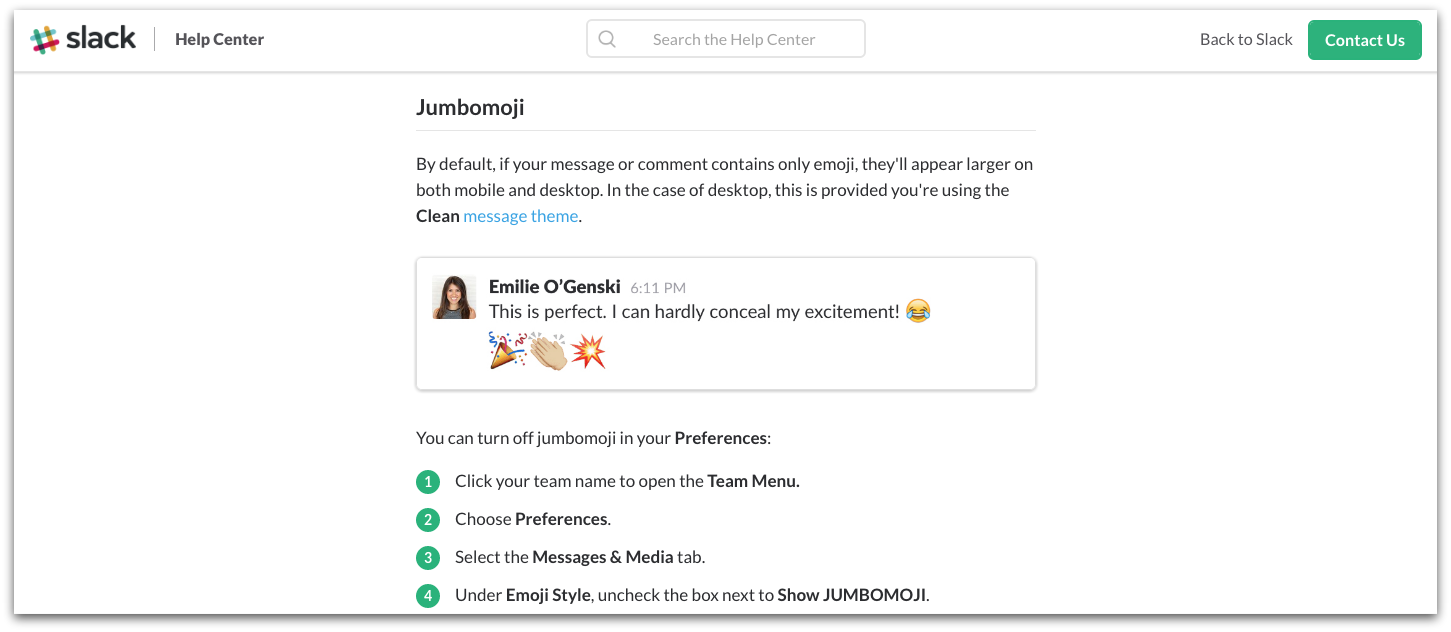
When you are creating your SaaS knowledge base, you need to make sure that it is customer-centric, updated with new content, regularly audited, well-structured, readily accessible and optimized for integration. Be sure to follow the metrics! All this will show that you care about your customers and their success.







 Workflows
Workflows Projects
Projects Data Sets
Data Sets Forms
Forms Pages
Pages Automations
Automations Analytics
Analytics Apps
Apps Integrations
Integrations
 Property management
Property management
 Human resources
Human resources
 Customer management
Customer management
 Information technology
Information technology



Benjamin Brandall
Benjamin Brandall is a content marketer at Process Street.